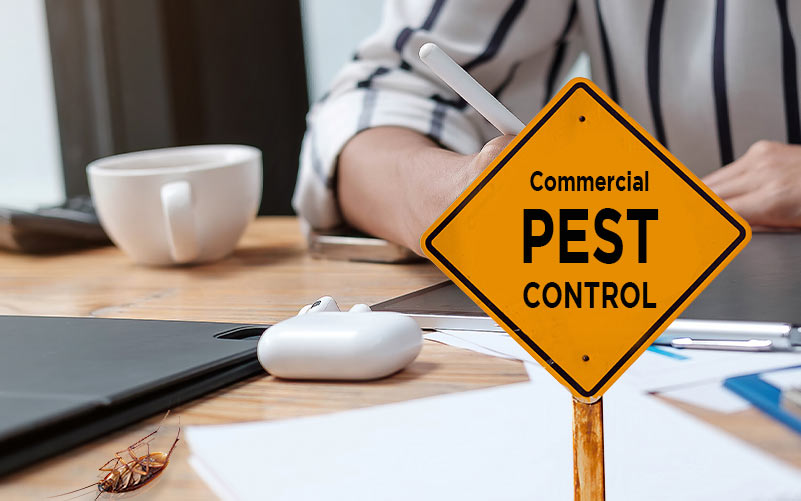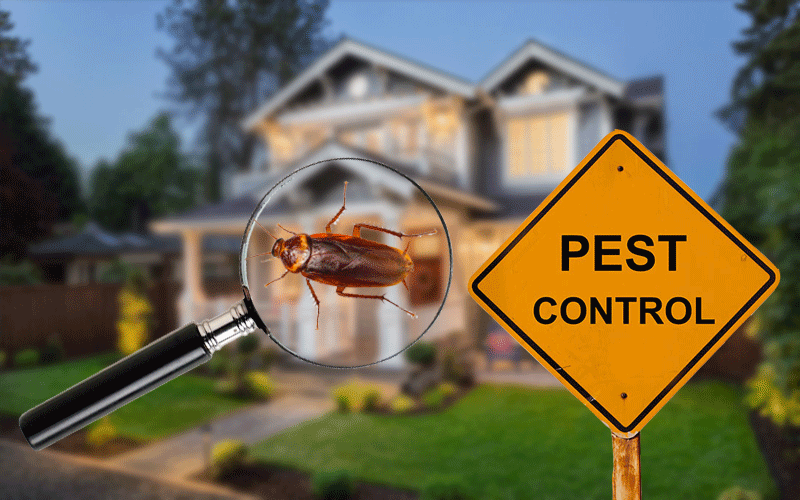Efficient A1 Bed Bug Treatment in Charlotte - Safe and Proven Approaches
Efficient A1 Bed Bug Treatment in Charlotte - Safe and Proven Approaches
Blog Article
Bed Pest Treatment Breakdown: Comparing Chemical Vs. Non-Chemical Solutions
In the world of parasite control, especially when taking care of the consistent concern of bed bugs, the option in between chemical and non-chemical treatment services can be an essential one. Both methods offer unique advantages and downsides, influencing aspects such as efficiency, safety and security considerations, and total price. By taking a look at the nuanced information of each approach, a more clear understanding of which path to seek in resolving a bed insect problem can be achieved.
Efficiency of Chemical Therapies
Chemical therapies for bed bug infestations have been extensively identified for their powerful and quick effectiveness in removing these parasites. When taking into consideration the effectiveness of chemical therapies, it is important to comprehend that they can offer a fast and complete service to a bed pest problem. Specialist exterminators typically depend on insecticides to target bed bugs at different stages of their life cycle, including fairies, grownups, and eggs. These chemicals typically work by interfering with the bed bugs' worried system, resulting in paralysis and eventual death.
In addition, chemical therapies have the advantage of supplying recurring effects, implying that they can continue to get rid of bed pests even after the initial application. This residual action is especially advantageous in combating any possible re-infestations. In addition, the fast activity of chemical therapies can bring relief to individuals encountering serious bed bug problems, allowing them to regain control of their home swiftly.
Safety And Security Concerns With Chemical Solutions
One crucial element that calls for careful consideration when making use of chemical services for bed bug therapy is making sure the safety of residents and the setting. Direct exposure to specific chemicals made use of in bed bug treatments can lead to respiratory problems, skin irritability, or various other adverse responses, specifically in individuals with pre-existing conditions or level of sensitivities.
In addition, the environmental impact of chemical remedies is an additional significant factor to consider. Some chemicals made use of in bed bug treatments may be harmful to useful pests, wildlife, and ecological communities if they leach into the dirt or water supply. It is vital to use chemical therapies carefully, adhering to safety and security standards, and thinking about less hazardous alternatives to mitigate these threats and make certain the safe and reliable administration of bed pest problems.
Advantages of Non-Chemical Techniques
Taking into consideration the prospective security worries and ecological impact linked with chemical services for bed insect treatment, checking out non-chemical methods presents an encouraging option with several distinctive benefits. Non-chemical treatments are ecologically friendly, as they do not contribute to air or water pollution, making them a lasting choice for parasite control.
Additionally, non-chemical services can be reliable in targeting bed bugs, including hard-to-reach locations where chemical treatments from this source might not permeate. Methods such as warm treatment, vacuuming, steam cleansing, and cushion encasements give complete obliteration without the usage of unsafe chemicals. In addition, non-chemical strategies can be less turbulent, calling for marginal preparation and enabling quicker reentry into treated areas. Generally, selecting non-chemical bed bug therapy methods not just prioritizes safety and environmental management but likewise ensures comprehensive and effective pest control.
Limitations of Non-Chemical Treatments

In addition, non-chemical therapies typically need multiple applications to accomplish effective elimination. This can be lengthy and might not constantly guarantee total removal of all bed pests and their eggs, especially in hard-to-reach or concealed locations.
In addition, the success of non-chemical treatments heavily depends on proper implementation and thoroughness, which can be testing for people without professional expertise. Insufficient application of non-chemical approaches might cause incomplete elimination, resulting in persistent problems and the demand for additional therapies.
Therefore, while non-chemical therapies have their benefits, it is important to recognize these limitations and consider them when identifying one of try this site the most try this web-site efficient method for handling bed bug problems.
Expense Contrast: Chemical Vs. Non-Chemical Options
Given the restrictions associated with non-chemical therapies, an essential aspect to evaluate in the context of bed insect management is the price comparison between chemical and non-chemical options. In comparison, non-chemical therapies like heat therapy or heavy steam can be extra pricey, with expenses varying from $1,000 to $6,000 for a whole home. While the preliminary price of chemical treatments might seem reduced, numerous treatments might be called for to totally eliminate the invasion, possibly boosting the overall cost.
Verdict

Thinking about the possible security problems and ecological impact associated with chemical options for bed pest treatment, discovering non-chemical approaches offers an encouraging alternative with several distinctive advantages.Given the restrictions linked with non-chemical therapies, an important aspect to evaluate in the context of bed insect administration is the price contrast between chemical and non-chemical options. In comparison, non-chemical treatments like warmth therapy or vapor can be more pricey, with expenses ranging from $1,000 to $6,000 for an entire home. While the preliminary expense of chemical treatments may seem lower, multiple therapies may be called for to totally eradicate the invasion, possibly boosting the total cost.In conclusion, when contrasting chemical and non-chemical bed insect treatment options, it is important to consider efficiency, security, benefits, limitations, and price.
Report this page